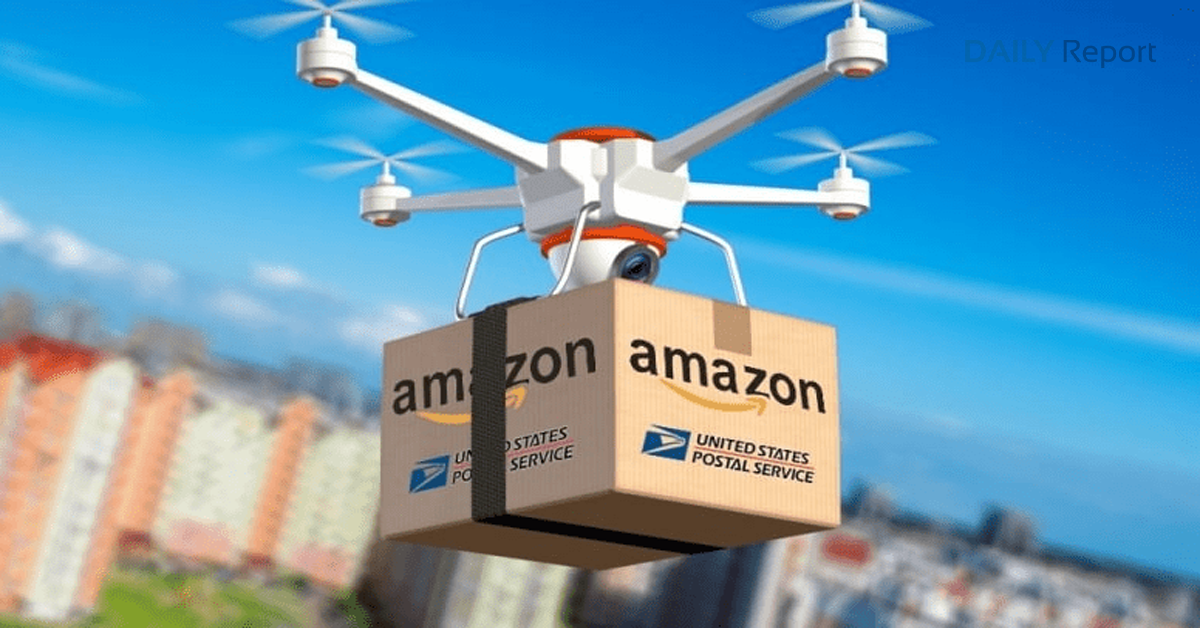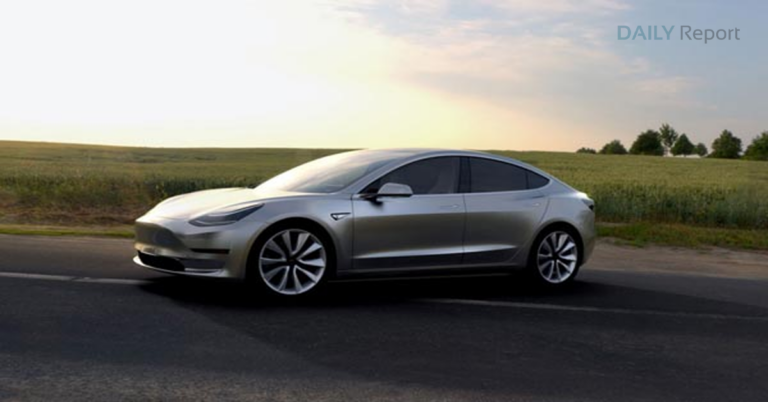Amazon expands drone delivery service
Amazon Expands Drone Delivery Service: Revolutionizing the Future of Last-Mile Delivery
Introduction:
Amazon expands drone delivery service: In a groundbreaking move that is set to transform the logistics industry, Amazon has announced the expansion of its drone delivery service. Building upon its initial trials and successes, the e-commerce giant aims to revolutionize the last-mile delivery process by employing unmanned aerial vehicles (UAVs) for quick and efficient order fulfillment. With a focus on speed, convenience, and enhanced customer experience, Amazon’s expanded drone delivery service represents a significant leap forward in the evolution of e-commerce and logistics.
1. The Advantages of Drone Delivery:
Drone delivery offers numerous advantages over traditional delivery methods, particularly for last-mile logistics. First and foremost, drones can navigate through congested urban areas and reach remote locations with greater ease, reducing the challenges faced by ground vehicles in dense traffic or difficult terrain. This enables faster delivery times, even in areas with limited infrastructure.
Moreover, the use of drones significantly reduces the carbon footprint associated with delivery services. By employing electric-powered UAVs, Amazon can minimize emissions and contribute to sustainability initiatives. Drone delivery also eliminates the need for traditional packaging and transportation methods, such as trucks, reducing road congestion and enhancing overall efficiency.
2. Technological Advancements:
Amazon’s expanded drone delivery service relies on cutting-edge technological advancements. The drones are equipped with advanced computer vision, artificial intelligence (AI), and machine learning capabilities to ensure safe and precise navigation. These technologies enable the drones to identify obstacles, navigate complex environments, and make autonomous decisions in real-time, enhancing their reliability and safety.
Furthermore, Amazon’s drone delivery system incorporates sophisticated geofencing technology. Geofencing allows for precise control over the areas in which drones can operate, ensuring compliance with regulations and avoiding sensitive locations, such as airports or restricted airspace.
Additionally, the drones are equipped with advanced sensors and communication systems to detect and avoid other airspace users, including birds or manned aircraft. These safety features, coupled with fail-safe mechanisms, contribute to the overall reliability and security of the drone delivery service.
3. Delivery Process and Customer Experience:
Amazon’s drone delivery service aims to streamline the order fulfillment process and provide an unparalleled customer experience. When a customer places an order, the items are carefully prepared and loaded onto a dedicated drone for delivery. The drone then takes off from a designated fulfillment center and autonomously flies to the customer’s specified location.
To ensure secure and accurate delivery, the drones are equipped with advanced imaging and sensing capabilities. They can precisely locate the designated delivery area, such as a backyard or front porch, and safely land to drop off the package. Once the delivery is complete, the drone returns to the fulfillment center or continues to the next delivery location.
4. Regulatory Considerations and Partnerships:
The widespread adoption of drone delivery services necessitates close collaboration between companies like Amazon, regulatory bodies, and stakeholders. Amazon is actively engaged in working with regulatory authorities to develop and refine rules and guidelines for safe and efficient drone operations.
Furthermore, partnerships with local authorities, airspace management agencies, and community stakeholders are crucial for establishing clear guidelines, addressing concerns, and ensuring a smooth integration of drone deliveries into existing infrastructures.
5. Expansion Plans and Future Outlook:
Amazon’s expanded drone delivery service is part of its long-term vision for revolutionizing the last-mile delivery experience. While initially limited to certain regions and specific product categories, the company has ambitious plans to gradually expand the service to reach a broader customer base.
The success of the expanded drone delivery service will also drive further innovations and improvements in UAV technology, safety measures, and operational efficiency. As the technology matures and regulations evolve, other companies and industries may also explore the integration of drones into their logistics and delivery processes.
6. Addressing Challenges and Concerns:
The expansion of Amazon’s drone delivery service is not without its challenges and concerns. One of the primary concerns is ensuring the safety and security of the airspace. Collaboration with aviation authorities and implementing robust air traffic management systems is crucial to prevent conflicts with manned aircraft and other UAVs.
Privacy is another important consideration. Amazon understands the need to address concerns related to data collection and surveillance. Clear policies and safeguards must be in place to protect customer privacy and ensure that data collected during drone operations is used responsibly and in compliance with regulations.
Weather conditions can also pose challenges to drone deliveries. Adverse weather, such as strong winds, heavy rain, or fog, may impact the safe operation of UAVs. Advanced weather monitoring systems and predictive algorithms can help mitigate these challenges by enabling drones to avoid hazardous conditions or reschedule deliveries.
7. Job Creation and Economic Impact:
The expansion of Amazon’s drone delivery service has the potential to create new job opportunities and stimulate economic growth. While drones may automate certain aspects of the delivery process, the operation and maintenance of the UAV fleet require skilled technicians, engineers, and operators. Additionally, the growth of drone delivery services can spur innovation and entrepreneurship in the drone technology sector, leading to job creation and economic development.
Furthermore, the increased efficiency and speed of drone deliveries can benefit businesses and consumers alike. Expedited delivery times can enhance customer satisfaction, leading to increased customer loyalty and repeat business. Businesses that adopt drone delivery services may also gain a competitive advantage by offering faster and more convenient shipping options.
8. Public Perception and Acceptance:
Public perception and acceptance play a crucial role in the successful implementation of drone delivery services. It is important for companies like Amazon to communicate the benefits, safety measures, and ethical considerations associated with drone operations.
Transparency and open dialogue with the public can help address concerns, dispel misconceptions, and build trust. Public education campaigns and community engagement initiatives can inform the public about the technology, its capabilities, and the measures taken to ensure responsible and safe operations.
Conclusion:
Amazon’s expansion of its drone delivery service marks a significant milestone in the evolution of last-mile logistics. By leveraging advanced technologies, regulatory collaboration, and partnerships, Amazon aims to provide faster, more efficient, and environmentally friendly delivery options to its customers. While challenges and concerns exist, the benefits of drone delivery, including enhanced customer experience, reduced carbon emissions, and economic growth, have the potential to reshape the future of e-commerce and logistics. As the technology continues to evolve and regulatory frameworks develop, we can anticipate further advancements in drone delivery services, paving the way for a new era of efficient and sustainable last-mile logistics.







